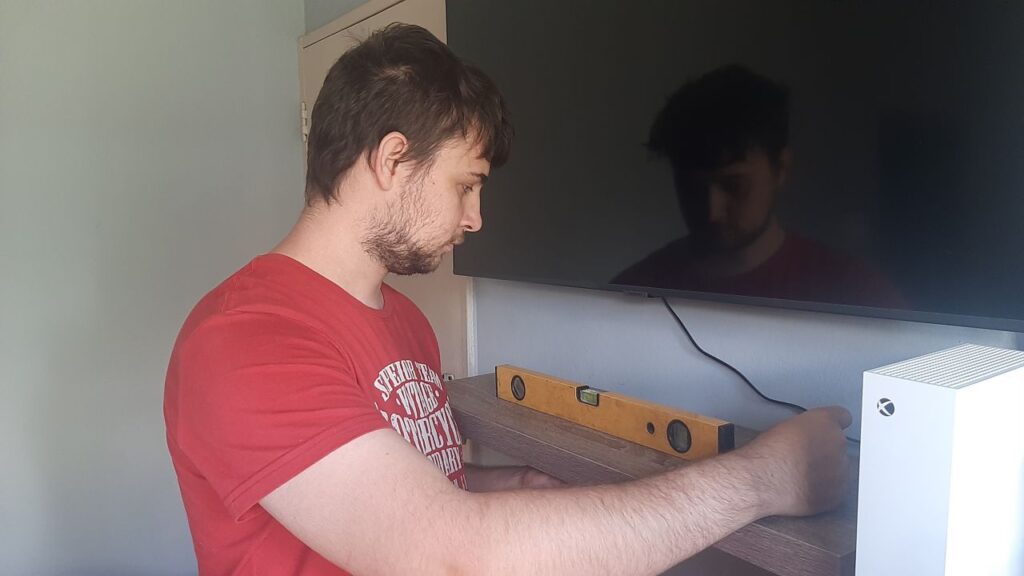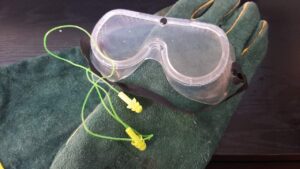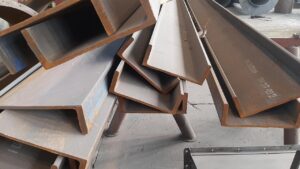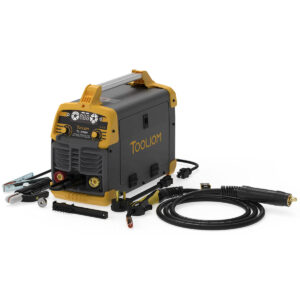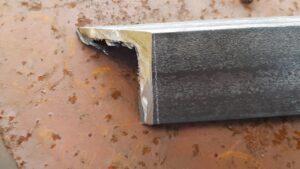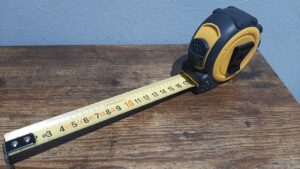There are a ton of different tools available on the market and you might be wondering what are those you need to always have around and those you can wait a bit before getting.
Hammer (Claw)
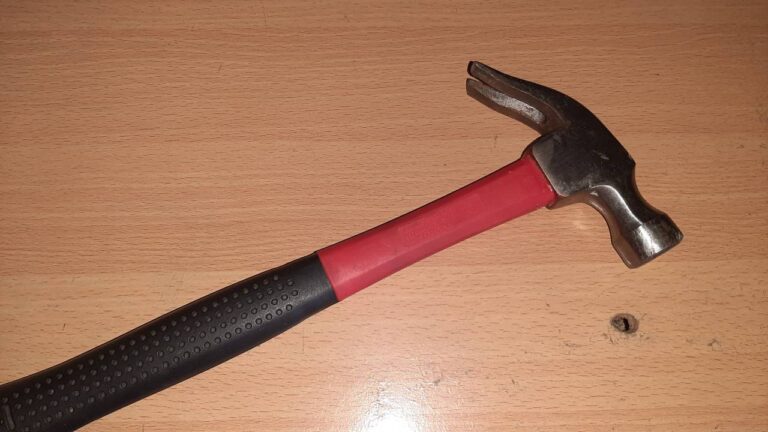
The simple claw hammer can be used to hammer in nails and remove nails. This is probably the tool most people already have and a set of pliers. It is the most versatile and useful tool you can get and should have around your home.
When you get a hammer get one with a rubber or fiber handle and the head is made out of hardened steel. That it won’t bend as easily as the one shown here
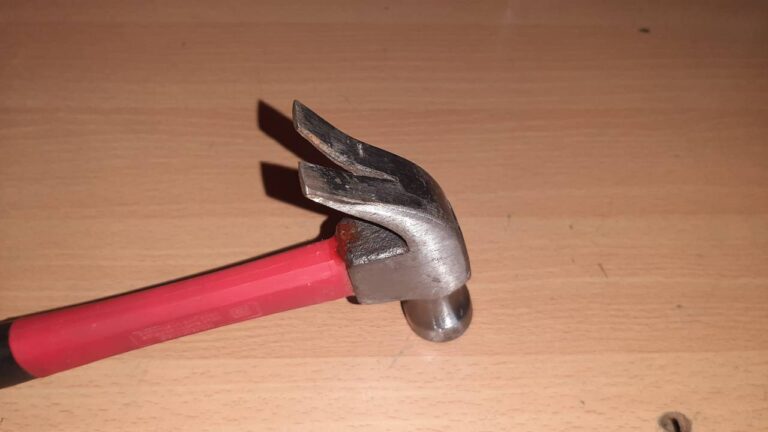
Where to use a claw hammer?
A claw hammer is mainly used when hammering nails into a wall or wood and can also be used to remove said nails with the claw part of the hammer. You will most likely use the claw hammer when hanging up photos or any sort of frame.
Some unconventional uses of the claw hammer are to use it as a lever to split or push apart things like wood or to bend thin metal bars into place.
Power drill
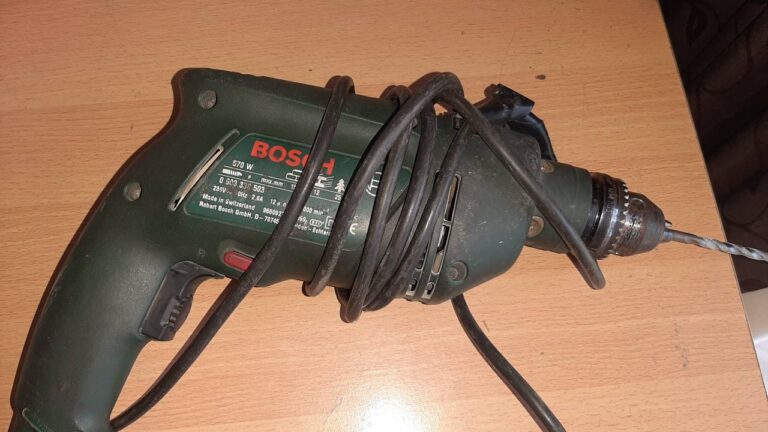
A drill is the most used power tool you will need around your home. The main use that you will most likely need is to drill holes in the wall to hang shelves or when you would want to mount something like a tv.
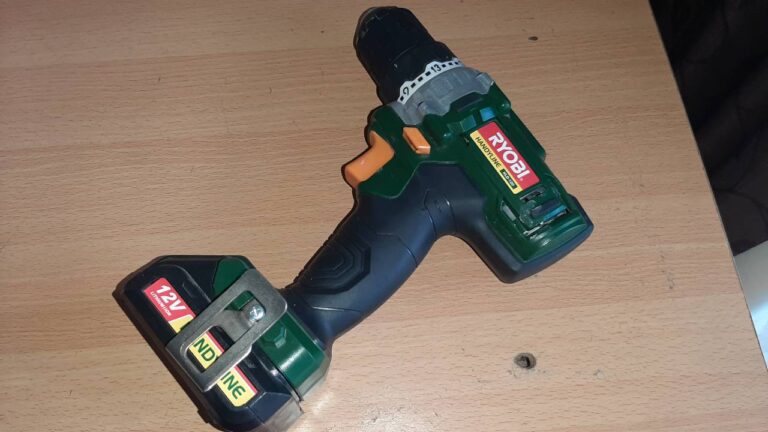
Why do you need a smaller cordless hand drill?
You can also use a smaller less powerful drill to screw in screws into wood, walls, or wherever they are needed. This is a serious help when building shelves or needing to use a lot of screws. It reduces a ton of strain on your wrist and speeds up the building process a lot. This particular drill has a torque setting so you can limit how tight it must turn.
Check out my full detailed post on cordless hand drills.
Pliers
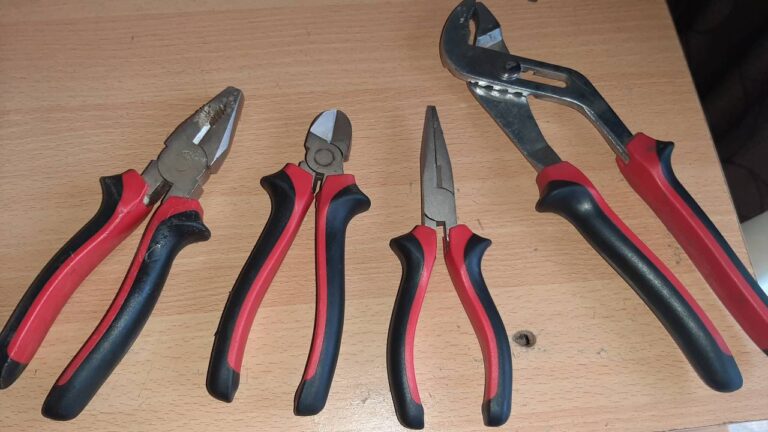
There are four main pliers you get are generic pliers, long nose pliers, side cutter, and groove joint pliers. It would be a great idea to have one of each around your home, but if you don’t want to spend the money just go for the generic pliers.
Uses of generic pliers
Mainly used to grip, bend, and cut wires or wire insulation. Pliers can also be used to grip round profiles to turn, bend or twist them, but this can be difficult to do. You will be better off just using a type of plier made for the job.
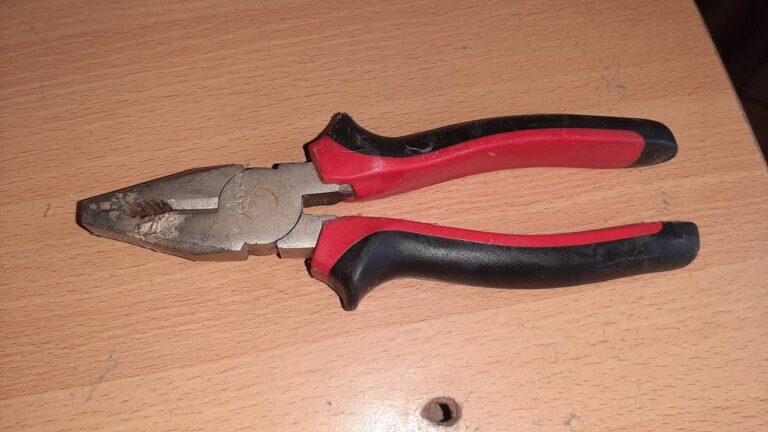
Uses if long nose pliers
Very similar to the generic pliers but as the name implies it has a longer front/nose. It however can’t be used on similar thicknesses of wire because it is smaller in size. I would still argue that it is more useful because of its ability to reach hard-to-reach spaces.
The thin long nose makes it extremely easy to fit it into a small space to pick up something that you might have dropped. Especially when you are fixing something around your home you tend to work with small screws that you can easily drop into a small opening.
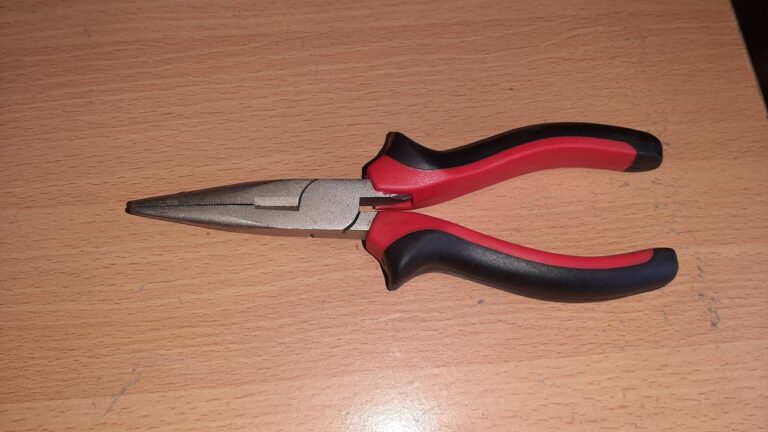
Uses of a side cutter
A side cutter only has one use and that is to cut. You can cut a whole range of things around your home from wires to cutting off a rose for a loved one.
Why do you need a side cutter if two other pliers also can cut?
Because of the short nose and angle of it, it makes it a lot easier to cut in different situations like cutting a wire that is against a wall. A side cutter also has a longer blade making it able to cut thicker profiles.
Can you cut thin sheet metal with a side cutter?
Yes, you can technically cut sheet metal with a side cutter, but it is very difficult and you will only be able to cut very thin metal. A side cutter is just too small to cut thicker metals and it doesn’t work like scissors where the blades pass each other, making the cutting of long lengths difficult.
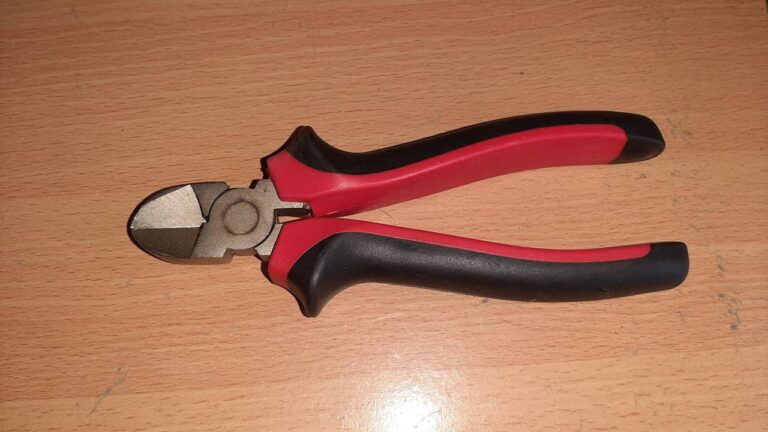
Uses of a groove joint plier
Groove joint pliers are adjustable pliers that are used to grip different surfaces and turn. You can grip pipes to turn them or help open a valve that is stuck. The different variety and sizes of some joints that you get around the home make these very useful if you just quickly have to tighten a pipe to fix a leak.
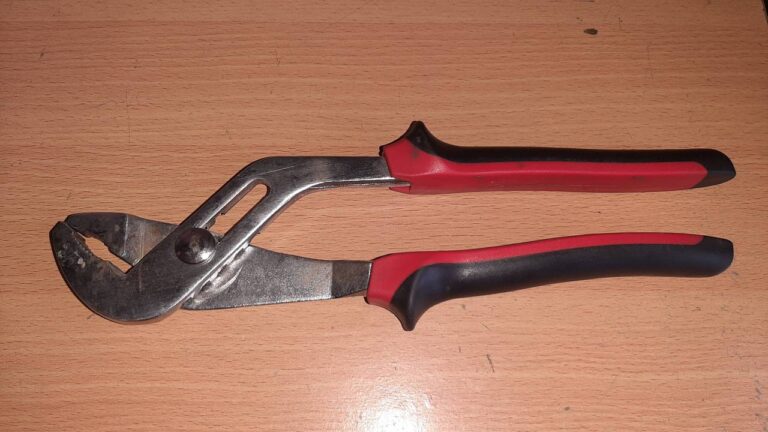
Tape measure
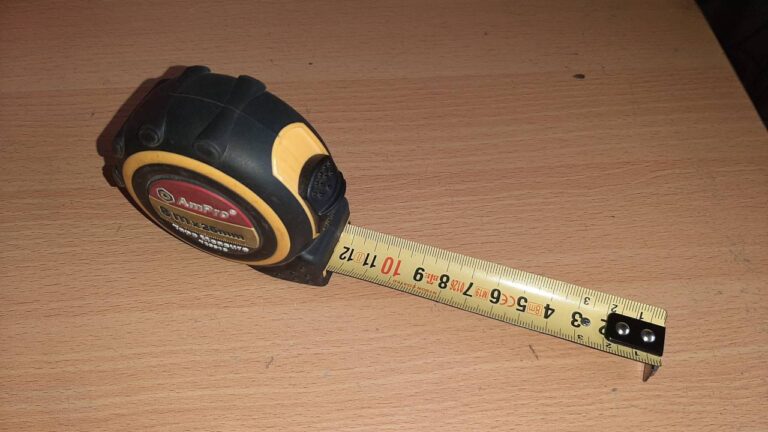
A tape measure or measuring tape is an expandable and contractible type of measuring tool that mainly consists of a strip with number-markings in millimeters or inches. It can be made out of multiple materials like fiberglass, cloth, or a strip of metal.
A metal tape measure is what you want around your home because of its versatility. It can easily be expanded and locked into place without bending or flapping around if you keep it straight. When you are done you can release the lock and it will automatically retract back into its casing.
Uses of a tape measure
There are different types of tape measures that have different uses. For example, cloth tapes are used in the clothing industry and metal tapes are used in construction. A tape measure is used to mark off different materials or to get the size of an object or area.
Uses of a metal tape that
A metal tape is what you want around your home and in your toolbox. It is used wherever you need a measurement of any sort, height, length, or width. It can also be used for checking if something is square and this is a must if you are building any square object.
Please feel free to check my full post on measuring tapes. What is a measuring tape and how to use it?
Spirit level/bubble level
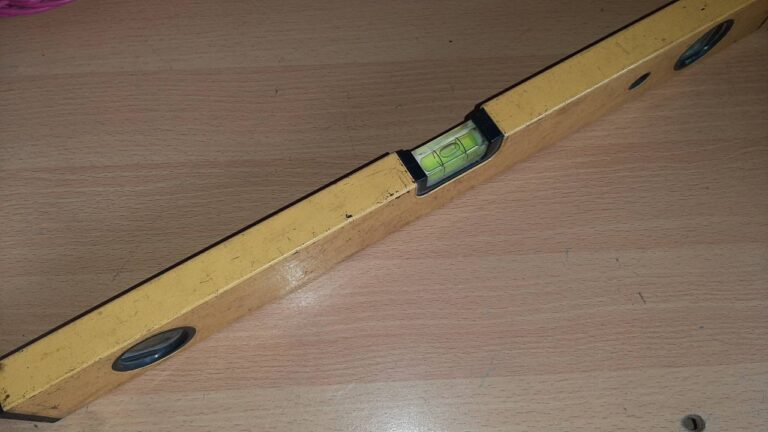
A bubble level is used to check if something is level to the gravitational pull of the earth and not to the floor or the ceiling of a building.
Still looks skewed after hanging even if you used a level
If something you hanged or mounded looks skew even after you used a level that shows perfectly center. It can be that the floor or ceiling wasn’t built level, your level might be broken, or there’s a piece of debris underneath the level.
Check out my full article on spirit/bubble levels. Everything you need to know about a spirit level
Hack saw
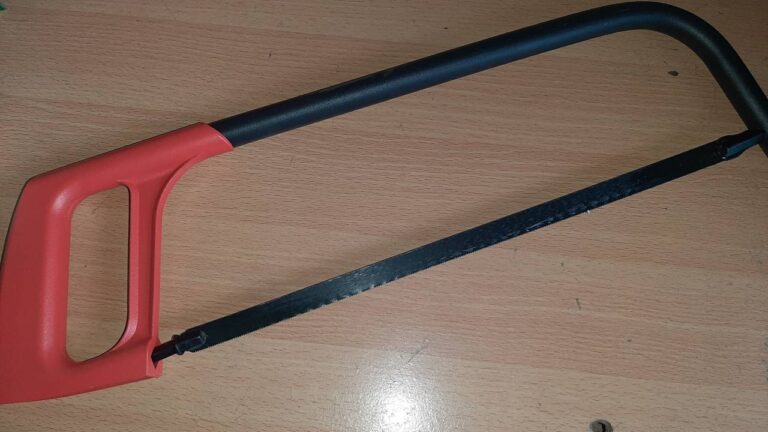
A hack saw is an arched-shaped tool with an interchangeable blade that has fine teeth. It is intended to cut thin metal profiles, but can also cut PVC pipes and thin branches of wood. The sharp side of the teeth should show toward the handle.
When doing piping at home you will definitely need something to cut it with and a hacksaw is the most versatile tool for the job. It isn’t limited to a specific size or type of pipe making it useful in any situation. You might struggle to cut hoses, but if you can keep tension on the hose then you will be able to cut through.
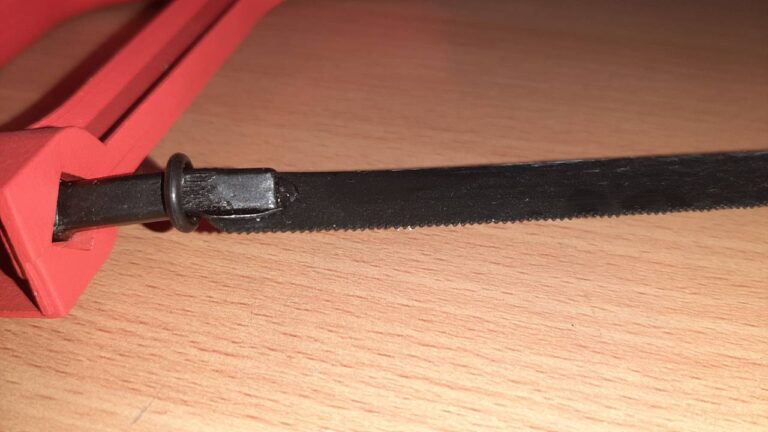
Screwdrivers
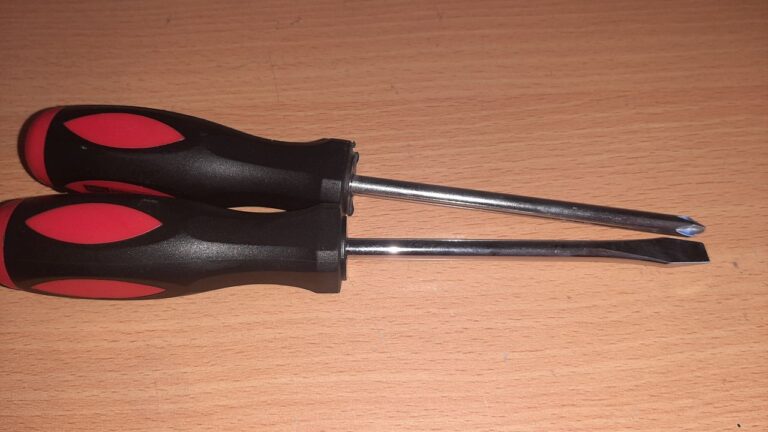
The two main types of screwdrivers are the Phillips or star screwdriver and a flat head. They can be used to drive in screws or to remove them.
Phillips/star screwdrivers used.
There isn’t much more to a Phillips screwdriver than to just screw in screws or to remove them
Flathead screwdriver uses
Other than just turning in and removing screws with a flat drive or even a star. A flathead screwdriver can also be used to wedge or split things apart by forcing the flathead into a gap.
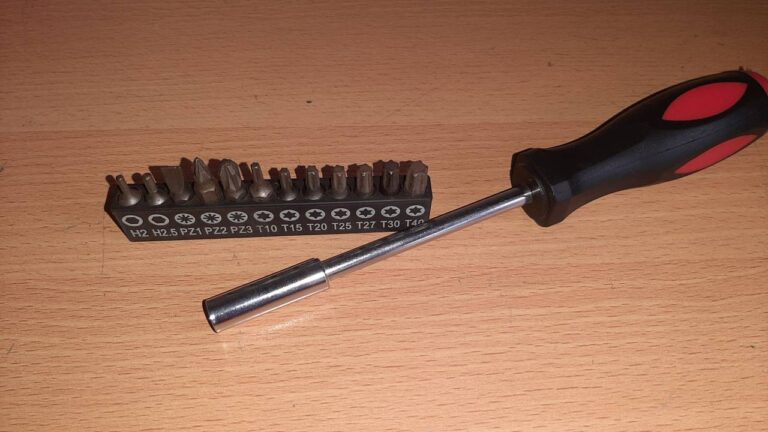
Screwdriver bits
Easily interchangeable screwdriver bits that can be placed in a holder tool, that can then be used in a lot of different situations.
Screwdriver bits are best used with a cordless drill. You can easily place the bits into the drill’s chuck and start turning . This is a must-have and I use it wherever, especially if there are a lot of screws. It reduces the strain on your wrist a lot and helps speed up the building process.
These are perfect for home use because you don’t need a bulky set of screwdrivers that you have to store. These sets usually contain a ton of different sizes and shapes of heads so you won’t be stuck with a screw you can’t screw.
Small sockets
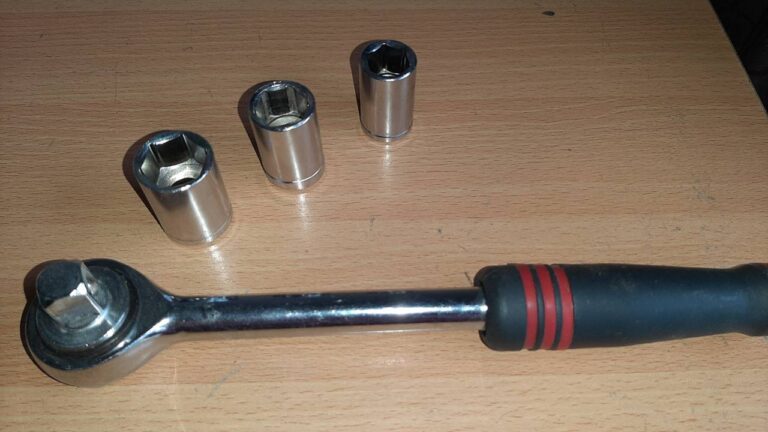
Sockets are used to tighten and loosen bolts and nuts and can be used in a lot more situations than ordinary wrenches.
Why use a socket when you have a choice?
Some screws especially around the 10mm range tend to have a hex-head and a drive for a screwdriver. Rather use a socket because it won’t slip and it can tighten it more than a regular screwdriver.
Wrenches
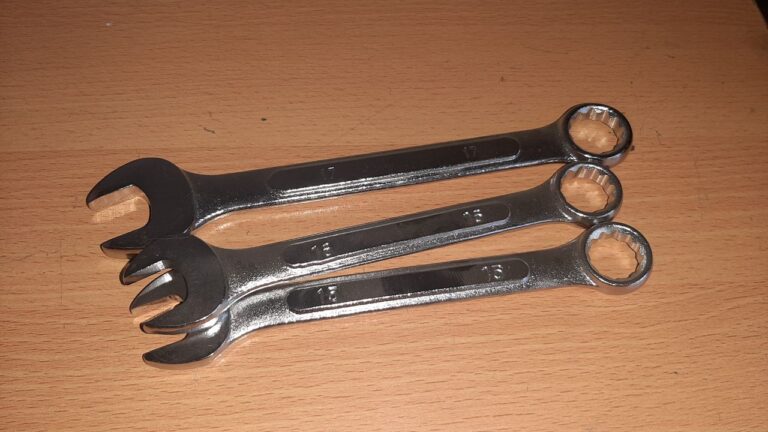
Wrenches are used to tighten and loosen bolts and nuts. Handy to have around your home, especially an adjustable wrench because of the different sizes of bolts or nuts.
Different types of wrenches for home use
- Open-end
- Ring spanner
- Rachet
- Pipe wrench
- Adjustable
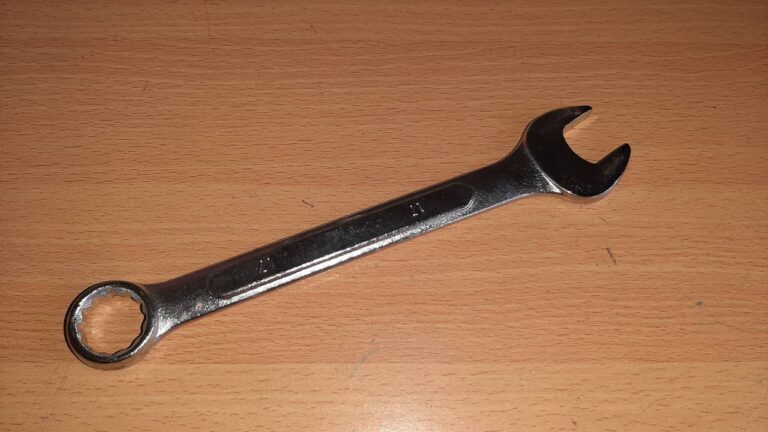
Open-end and ring spanner
Open-end and ring spanners are usually combined into one. This is the most common and most used type of wrench/spanner. A simple straightforward design with each wrench having a set size.
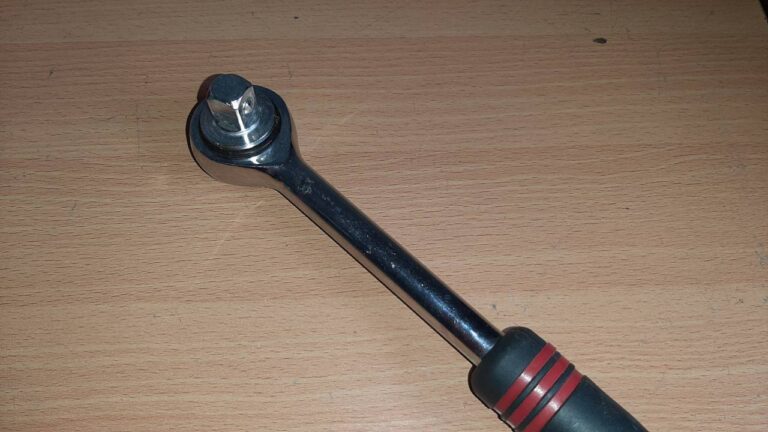
Ratchet
A ratchet wrench is a convenient way to tighten or loosen any bolt or nut. You choose a direction to turn then pull back without removing the wrench from your bolt. Making it very useful in tight or small areas.
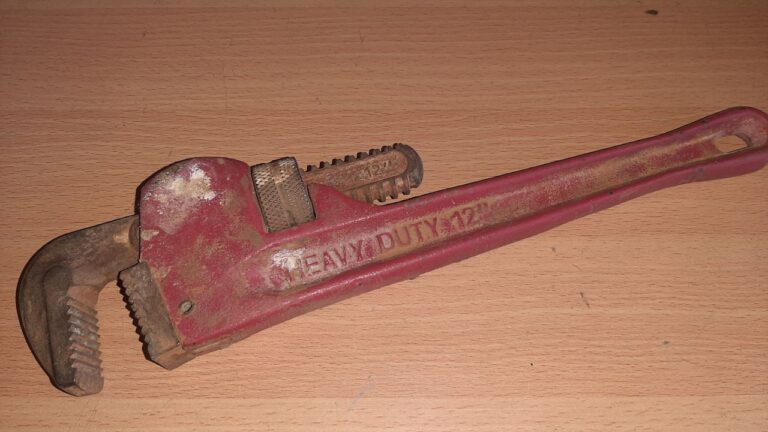
Pipe wrench
A pipe wrench has grooves in it that are used to grip a rounded object like a pipe. It has an incredibly strong grip when gripped properly. How to get a proper grip, rest the wrench on the pipe then start to turn it slowly.
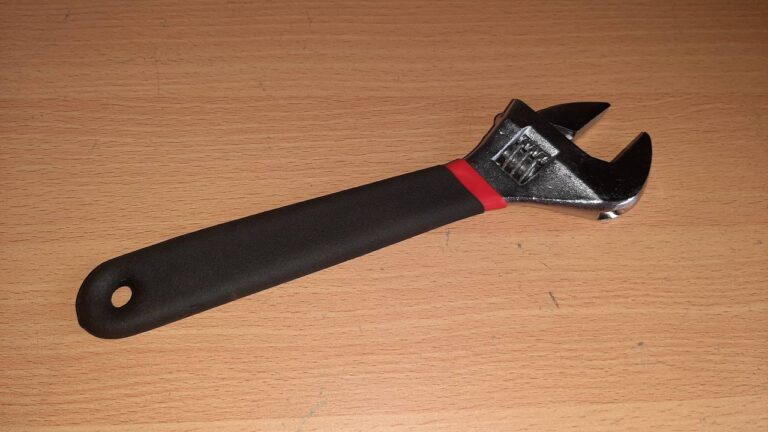
Adjustable wrench
An adjustable wrench is a great substitute for normal wrenches because it isn’t limited to a specific size. A drawback of an adjustable wrench is that it is thicker so might not fit in where it’s needed. Also due to the nature of the adjustable wrench being able to move, it might slip while tightening.
Box knife/Utility knife
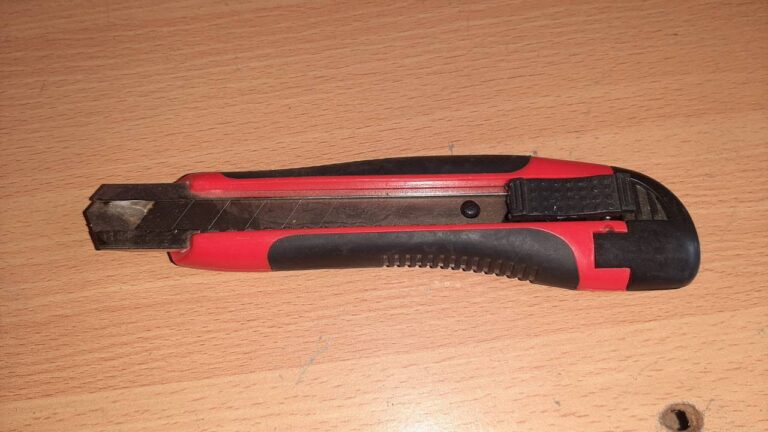
A box knife or utility knife is used to cut a multitude of semi-hard materials such as, but not limited to.
- Cardboard
- Tape
- Carpet
- Soft rubber
- Rope
- Wire
A box cutter is definitely a tool to have around your home especially if you want to do some light wiring, build something out of cardboard, or open those packages bought online.
Allen keys
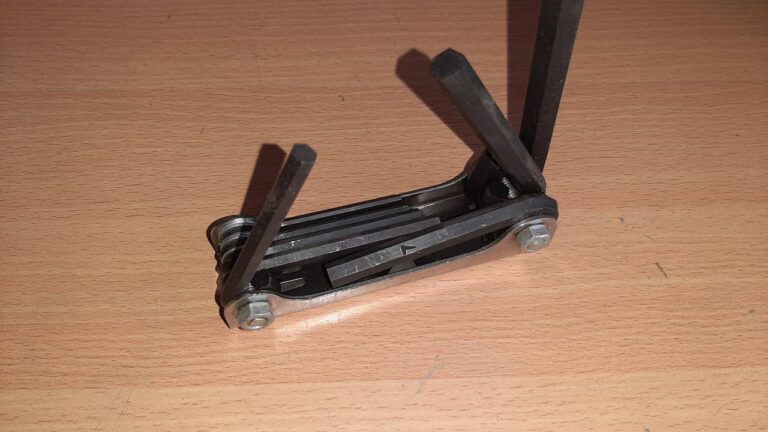
Allen keys are a hex bar in an L shape used to turn bolts or screws with Allen/hex drive or also known as cap screws. These screws allow the head to be countersunk, giving a clean and flat finish.
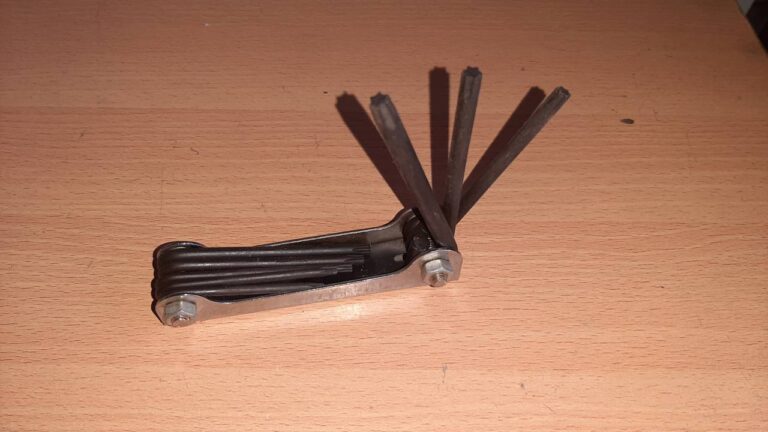
Torx keys
Another type of key you can find is Torx keys. These keys can be used to substitute Allen keys, but are mainly used for Torx drives. A downside of these keys is that they are limited in size whereas Allen keys aren’t.
Sheers/Tin scissors
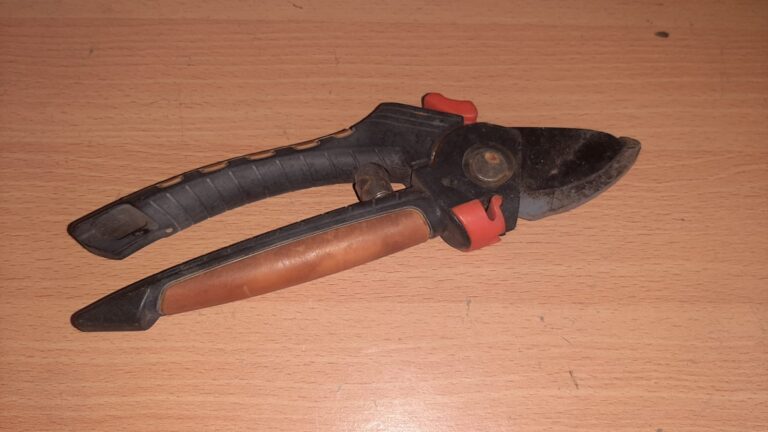
These are a type of scissors used to cut through thick materials or thin sheet metal. They can also be used to trim thin branches of bushes such as rose bushes.
You will most likely use these when you need to cut or trim an annoying bush that is overgrown.
What tool consumables do you need around your home?
Consumables are one-use items for tools. They get used when you are building or fixing something and are usually kept in place when used. Some examples of tool consumables are listed below.
Wall screws
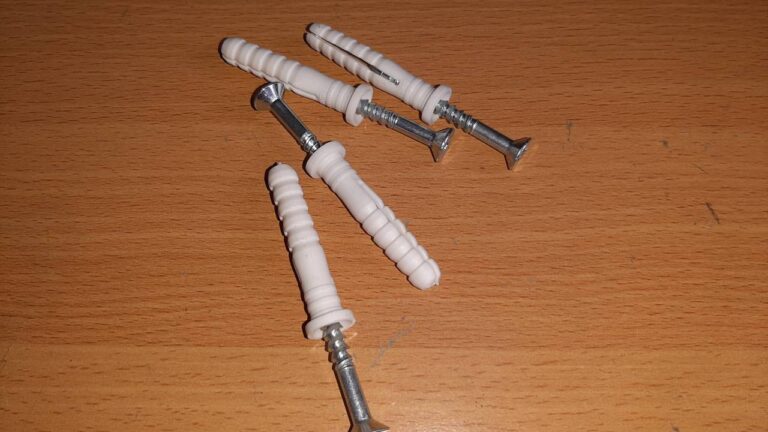
Wall screws are used when you want to put something against a wall, such as a tv mount or painting. They are a lot safer and stronger than any sort of nail.
I recommend keeping a lot of different sizes and lengths at home because what you sometimes get with the item you bought doesn’t always fit your situation.
Small screws
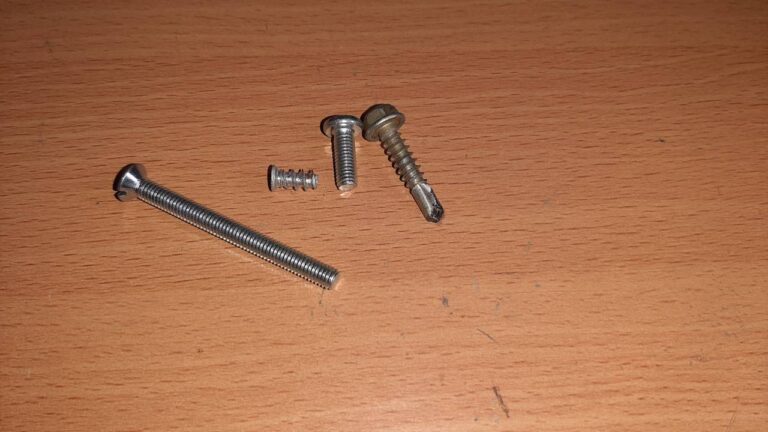
They are used more in electrical appliances and when you fix something you might lose a screw or two. Having a few extra around will always help when there are screws missing.
Duct tape
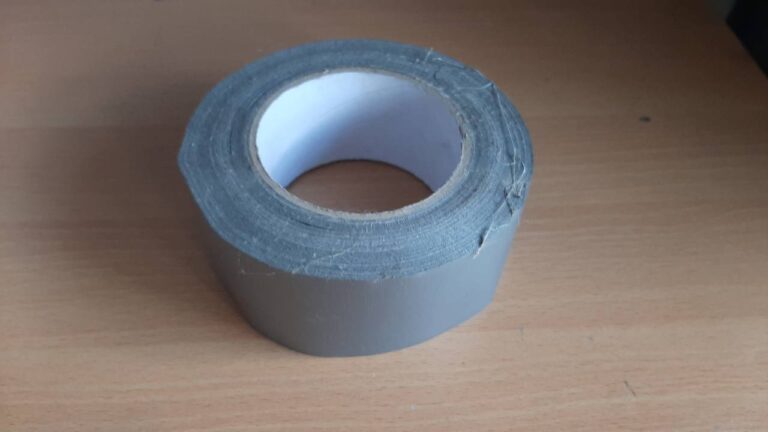
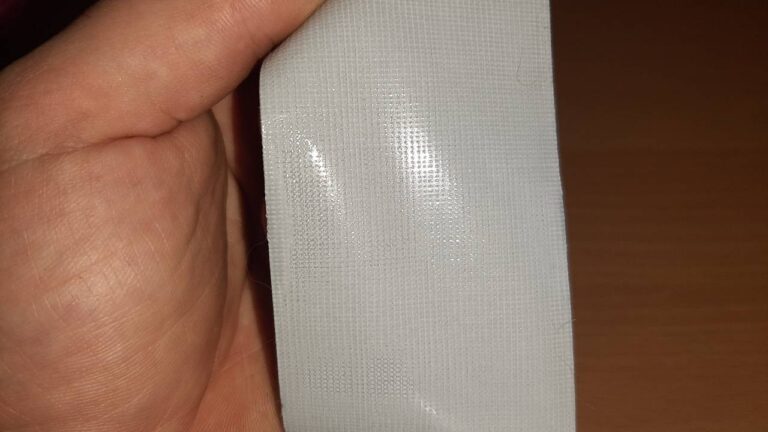
Duct tape is some of the strongest tapes you can get, with small fiber in it to help strengthen it. Duct tape isn’t a permanent fix and shouldn’t be considered so. Tape what you need just to keep it in place so you can fix it later. Great to have if you don’t have the correct fittings with you at the moment.
Cable ties
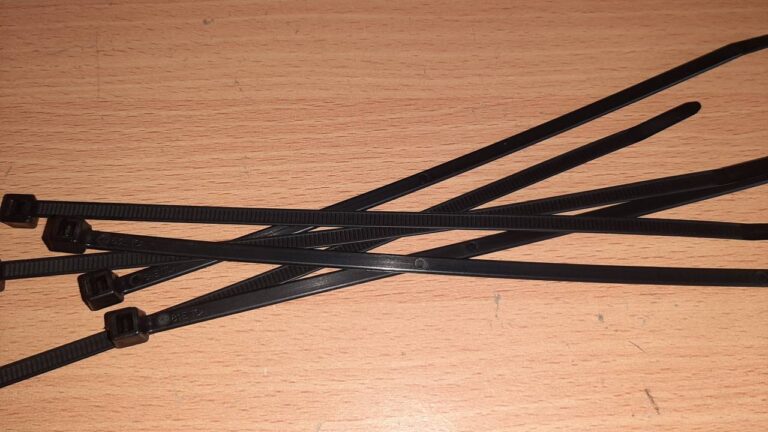
Cable ties are used to strap things together or to keep something in place. They consist of a strip of plastic with a bunch of ripples on one side and a lock at the end to place it in.
They can be very helpful around your home to keep things that hang loose in place, such as wires or mesh on a door.
Nails
Nails aren’t that great, rather opt for screws instead of nails. If you are closing a crate that will be opened in the future I would recommend nails because they can be easier to remove with a simple claw hammer or crowbar.
Insulation tape and thread sealing tape
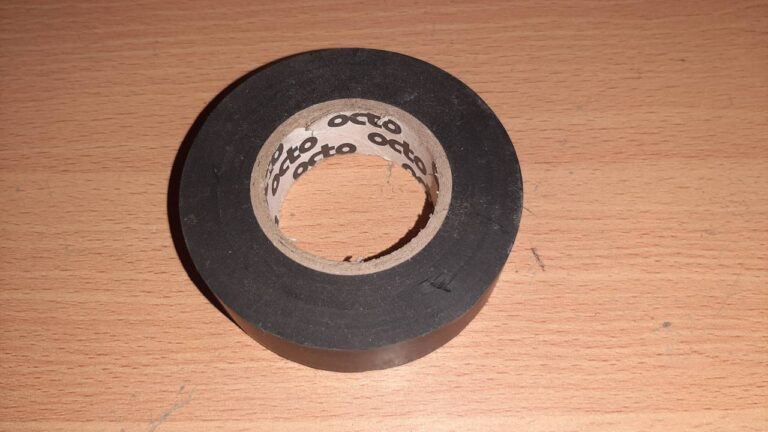
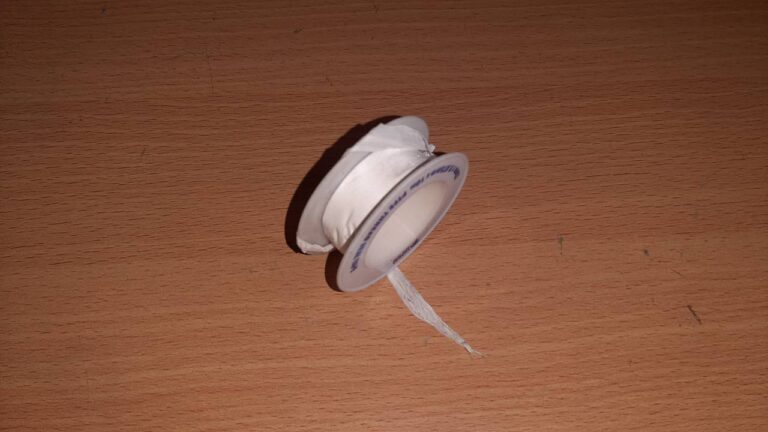
Insulation tape is used to insulate electrical wiring but is a bit outdated compared to other methods like heat shrinks. Thread sealing tape is used place on threads to help seal them and prevent any leaks. Very useful when faced with those annoying leaks that just won’t stop no matter how tight you turn.
When placing thread tape place it the same way around as the direction the nut turns on.
Why you shouldn’t get a toolbox with tools
Most of the pre-tooled toolboxes are filled with cheap tools, not containing the tools you need or just not having what you need. That is why I recommend you fill your own toolbox. It can be very satisfying to collect tools and grow your collection. It might not be as neat as the pre-tooled toolboxes, but you know the quality and use of each tool in it.

